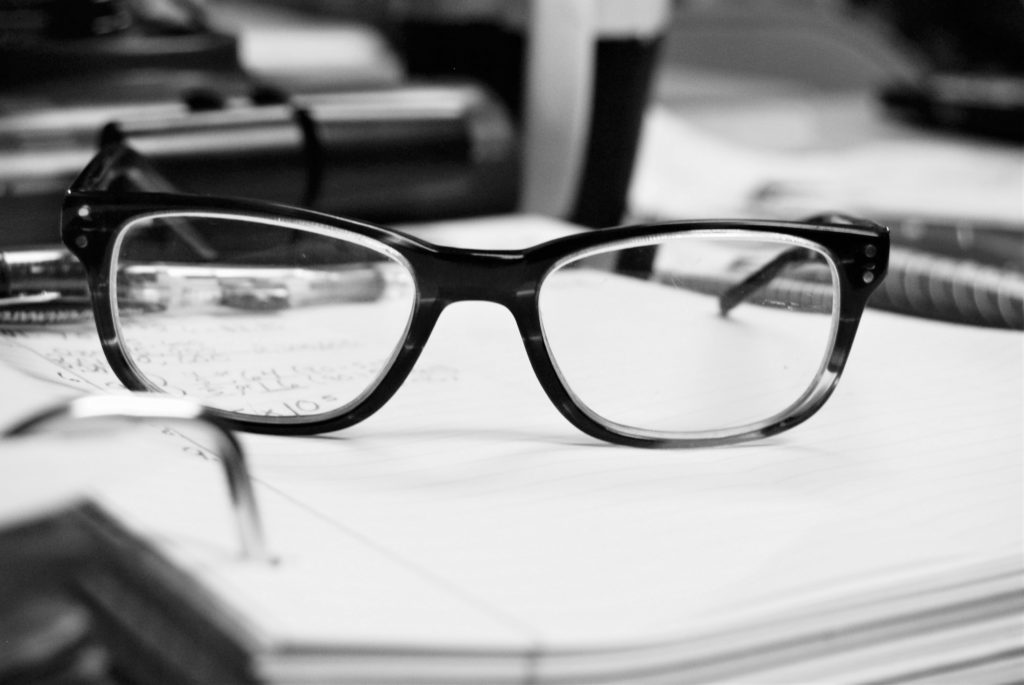
Southern Utah Eye Care: The Important Role of Retinoscopy in the Field of Ophthalmology
Overview
Retinoscopy has become an essential procedure in the world of ophthalmology.
In Southern Utah Eye Care, doctors use the retinoscope to diagnose vision issues, such as myopia and hyperopia, as well as to determine the precise measurements to correct the condition.
This tool managed to revolutionize the field of ophthalmology by allowing doctors to evaluate the state of the retina without surgery.
In this article, we will discuss the primary uses of retinoscopy, its indications, and contraindications.
Retinoscopy in Southern Utah Eye Care
A retinoscope is a simple instrument that emits a light, which reaches the retina to reflect a bright, red spot.
Using the characteristics of the reflex, the ophthalmologist will determine whether there is a refractive error or not. He/she will also determine the degree of that error if present.
While the principle behind this instrument is simple, it is based on complex physical and anatomical properties of:
- The lens
- The retina
- Light transmission
- Reflective patterns
In general, any healthcare professional with proper training can perform retinoscopy. These include family doctors, ophthalmologists, and optometrists.
With the eyes of the patient open, the retinoscope is swiped in both directions while monitoring the light reflex.
Depending on the direction of the bright, red spot and its size, the physician will determine the presence and degree of the refractive error.

Indications of retinoscopy in Southern Utah Eye Care
Usually, clinics in Southern Utah Eye care perform retinoscopy during systemic annual checkups. However, when a patient presents with a chief complaint about their vision, retinoscopy becomes essential.
Here are the common indications for retinoscopy:
Astigmatism
Astigmatism is the most common refractive error in the world.
The main abnormality in this condition is the shape of the lens, which has two refractive surfaces that lead to blurry vision.
Before the optician can design glasses that correct this issue, he/she will need a full report of the refractive error measurements calculated by the retinoscope.
Hyperopia
Hyperopia (i.e., farsightedness) is a medical condition where patients can see distant objects clearly but have trouble visualizing near objects.
When our eyes are open, the light reflected on the environment enters through the cornea. After that, a crucial structure for vision known as the crystalline lens changes the dimensions of the light to focalize it on the retina.
More specifically, the intraocular muscles contract to ensure that the lens reflects the light onto the retina.
For some patients, this accommodation doesn’t work properly. As a result, the light focus is behind the retina, which leads to hyperopia.
When an object is far away, the patient can clearly see it since the intraocular muscles do not need a lot of power to focus the light on the retina.
Conversely, if the object is near, the muscles will forcefully contract to correct the reflective focus. This will lead to pain and watery eyes.
If the patient puts the object really close, the muscles are no longer able to accommodate, and vision becomes completely blurry.
The retinoscope’s light will act as a virtual object to see how well the muscles accommodate. However, to clearly evaluate the reflective error, the physician will use eye drops of a cycloplegic drug to relax the muscles.
Myopia
Similar to hyperopia, myopic patients have problems focusing the light on the retina. However, this time the light will be focused ahead of the retina, leading to shortsightedness.
The initial evaluation of myopia involves retinoscopy to estimate the refractive error and whether the patient needs corrective glasses.
Presbyopia
In this condition, the main pathological finding is the age-related decline in lens performance. Consequently, the lens will no longer focus light correctly, which leads to vision issues.
Similar to other refractive errors, presbyopiac patients need to undergo retinoscopy.
Macular degeneration
Macular degeneration is a common condition amongst the elderly that leads to blurry or lost vision in the center of the visual field.
This disease has several risk factors, including smoking, prolonged sun exposure, family history, and obesity.
There are a few FDA-approved treatment options for macular degeneration, but the most commonly prescribed treatment is anti-VEGF therapy.
Fortunately, retinoscopy permits the direct visualization of the retina and macula to assess the gravity of this condition.
Retinal vessel occlusion
As the name implies, retinal vessel occlusion is the result of obstructed small blood vessels in the retina, leading to abnormal test results of retinoscopy.
Retinal detachment
Retinal detachment is a severe surgical emergency that results from the detachment of the retinal layer from the rest of the eye.
Using retinoscopy, the ophthalmologist will determine the degree of detachment, as well as the inflicting damage to plan the treatment.

Contraindications of retinoscopy in Southern Utah Eye Care
The medical literature does not cite any absolute or relative contraindications to using a retinoscope.
With that said, some patients may complain of having an afterimage of the light after retinoscopy. This is usually benign and disappears within a few minutes to a few hours.
The most commonly discussed side effects of retinoscopy are related to the eye drops used to paralyze the ocular muscles.
Some of these side effects include:
- Dry mouth
- Flushing
- Dizziness
- Nausea and vomiting
- Narrow-angle glaucoma
Takeaway message
Southern Utah Eye Care heavily relives on retinoscopy to diagnose vision problems and plan how to fix them.
It is a non-invasive procedure that precisely measures the intraocular muscle accommodation deficiency and aids the optician to design accurate contact lenses or eyeglasses for patients.
Hopefully, this article helped you understand the value of using tools in Southern Utah Eye Care to optimize patient outcomes.
If you still have any questions, concerns, or something that you want to add, please don’t hesitate to share your thoughts in the comment section below.
If you want to book an appointment in our Southern Utah Eye Care clinic, check out this link.



